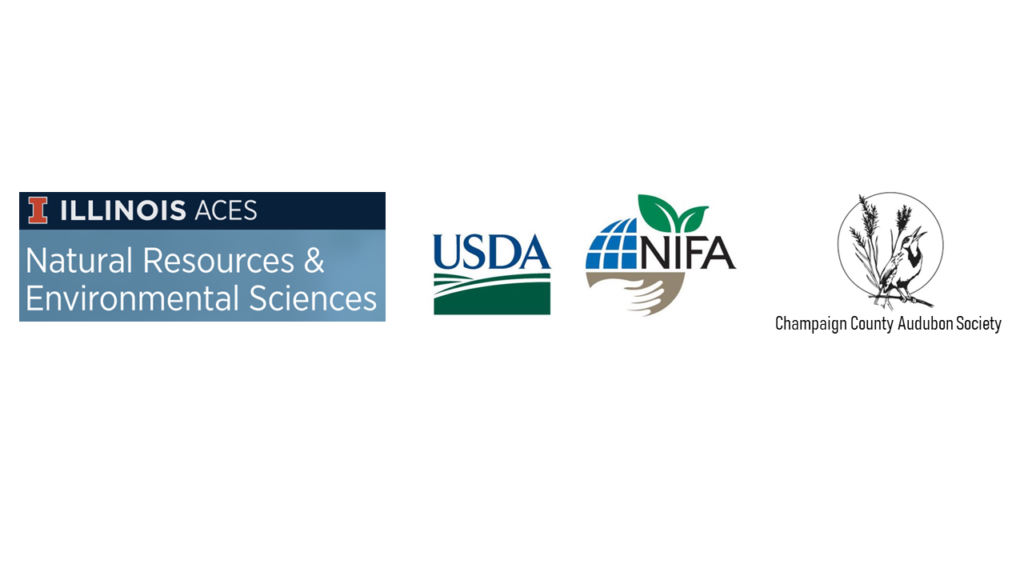Sustaining a diversity of plant and animal species requires stewardship from local communities that is shaped by the meanings of interactions with nature and environmental changes that people experience in their everyday lives. Given the complexities of integrating these different forms of knowledge from the social and natural sciences, environmental management agencies are challenged to support urban conservation initiatives in ways that maximize benefits to people, birds, and their interrelationships. Our objective is to remedy this lack of integration through an investigation of human-bird interactions that is starting in the Midwestern US. Taking a two-pronged approach, we are first engaging stakeholders in discussions about the meaning of interactions with birds alongside the perceived threats facing bird communities. We are also conducting in situ ecological monitoring to generate diversity indices of avifauna. Finally, we are integrating these social-ecological data to better understand the biotic milieu that influences stakeholder narratives, and in turn, generates stewardship outcomes. This new line of research will provide insight into drivers of social-ecological changes that can be used to transform urban ecosystems into more sustainable states.
We are a group of interdisciplinary researchers at the University of Illinois at Urbana-Champaign interested in understanding the relationships between people and birds through a social-ecological systems framework. The Human-Bird Interactions project combines both theory and method from the social ecological sciences with the ultimate goals of understanding how, why, and where people interact with birds in heterogeneous landscapes. We are also using this information to support evidence base decisions about pro-environmental behavior and bird conservation efforts.
Our current research questions are guiding three broad areas of interest:
- How does bird community structure vary across a heterogeneous landscape? To address this question, we are collecting avian point count data across the Champaign-Urbana area to characterize patterns of bird diversity and species richness between the two cities, across seasons, and between public vs. private greenspaces. We will use this information to identify key greenspaces that already serve as hotspots of bird diversity as well as discover potential future areas that merit protection.
- Where, when, and how do people interact with birds in Champaign-Urbana? We are exploring the reason why members of the local community care about bird populations and determining which ecological factors give rise to human-bird connection. Specifically, we are listening to stories of local residents about their encounters with birds through focus groups and using public participation geographic information systems (PPGIS) methods through survey research to generate spatially explicit data about the benefits and threats that residents associate with places. The specific locations where people interact with birds are being analyzed in relation to the functional traits of birds likely to be encountered in those locales to better understand the social-ecological landscapes surrounding human-bird interactions.
- How does hands-on experiences with wildlife influence value formation in children? To address this question, we are engaging setting up mist nets to catch wild birds, which we are using as a vehicle for a hands-on wildlife experience with local children attending summer camps. We are coupling the bird netting with a pre- and post- activity survey to assess if and how the hands-on experience with birds influenced children’s view of birds and nature in general.
